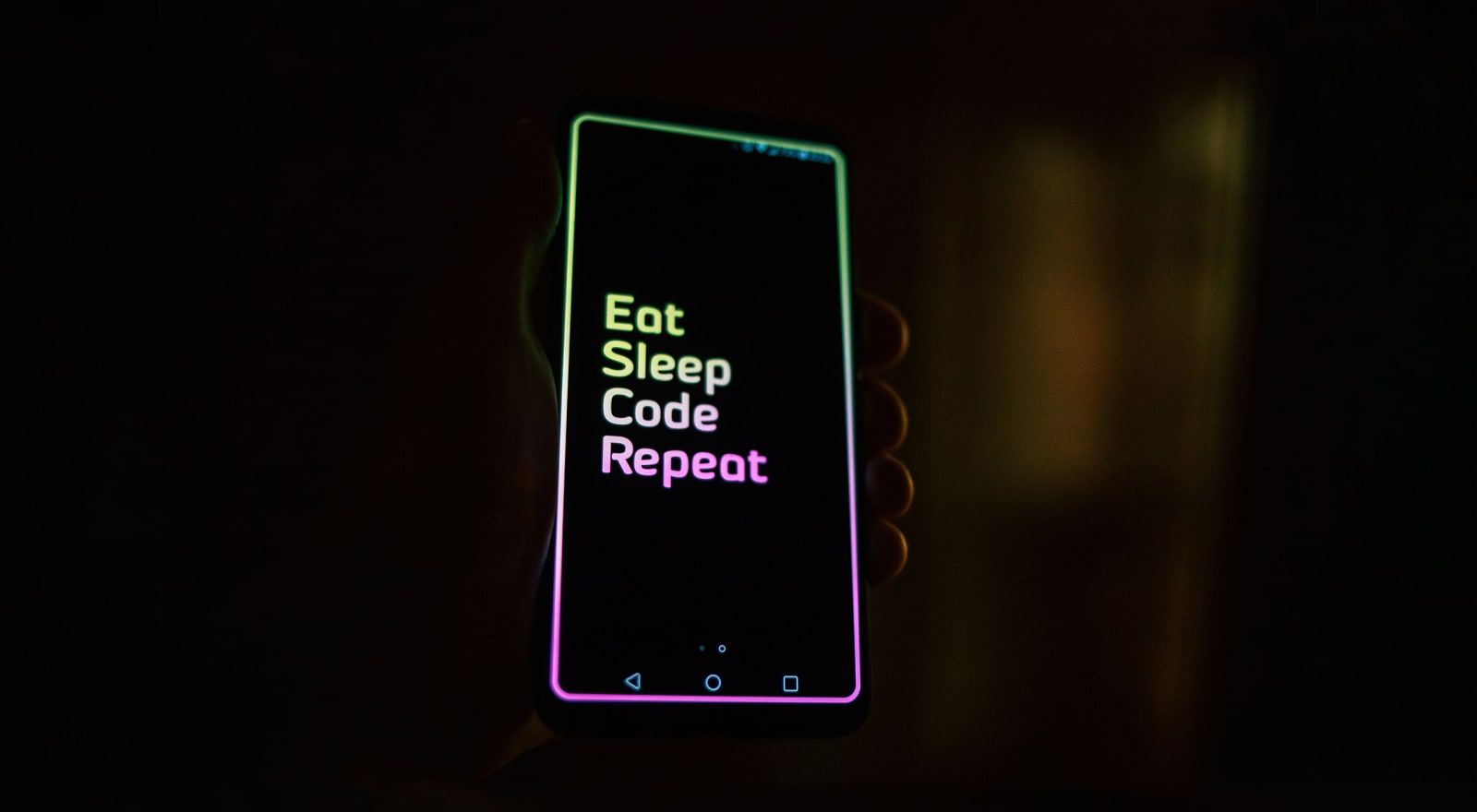Mobile-first design is now a default for almost any website. The small screen in your pocket has changed the digital design landscape forever and it’s actually hard to remember the design process before Apple released the first version of the iPhone back in 2007.
So the challenge now is managing the user interface (UI) across the full spectrum of screen sizes. A website may well have 30+ screens so is it realistic to design each screen for mobile, tablet, laptop and desktop? Probably not, we need to approach the task differently.
To find a senior back-end developer who is also a strong creative is going to be tricky. So unless you are lucky enough to have a unicorn on your team, we need to work smarter so that we can iterate faster and get to market quicker.
It can also be hard for a client to fully visualise how a site is going to be experienced when looking at a series of static wireframes in Figma. Wireframes absolutely have their place in the early stages of planning a complex application, but they tend to be most effective for the internal creative and technical teams and not the client. You could argue that the same applies for the user-interface. Websites are so much more than static pages of content, the client needs to experience a staging site and be able to interact and engage with the content on any screen size.
We need to design in the code and this means leveraging the power of pre-built UI kits, design patterns, hiring experienced front-end developers, and tapping into off-the-shelf frameworks and page builders for platforms such as WordPress.
Staging sites no longer take months of hard-work to be ready for client review. When a percentage of the design work happens within the code, the speed at which a website or application can come together is drastically reduced, saving both time and budget.




